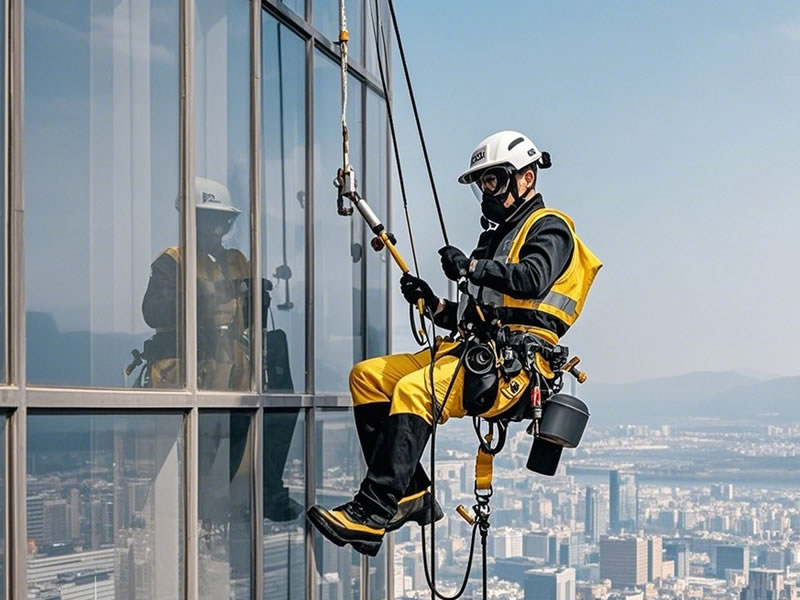Climbing Stop Descender vs. Figure 8: Which is Better?
When it comes to descending safely in climbing, caving, or rope rescue, two popular devices stand out: the Climbing Stop Descender and the Figure 8. Both are essential for controlled rappelling, but they function differently. So, which one is better for your needs?

In this guide, we’ll compare:
✔ How each device works
✔ Key differences in control, safety, and versatility
✔ Best use cases for Stop Descenders vs. Figure 8s
✔ Pros and cons of each
By the end, you’ll know exactly which descender is right for your climbing style.
How Does a Climbing Stop Descender Work?
The Stop Descender (like the Petzl Stop) is an auto-locking rappel device designed for smooth, controlled descents. It uses a braking mechanism that grips the rope when pressure is released, reducing the risk of accidental slips.
Pros:
✅ Auto-locking safety – Prevents runaway descents
✅ Better heat dissipation – Ideal for long rappels
✅ Smooth control – Adjustable friction for heavy loads
✅ Works with thicker ropes (9-13mm)
Cons:
❌ Heavier & bulkier than a Figure 8
❌ More expensive
❌ Requires practice to use efficiently
Best for: Big wall climbing, rescue work, caving, and situations where safety is critical.
How Does a Figure 8 Descender Work?
The Figure 8 (or descender ring) is a simple, lightweight metal device that creates friction by looping the rope. It’s easy to use but lacks an auto-lock feature.
Pros:
✅ Lightweight & compact – Easy to carry
✅ Simple to use – Great for beginners
✅ Cheaper than Stop Descenders
✅ Multi-functional – Can be used for belaying in emergencies
Cons:
❌ No auto-lock – Requires manual braking
❌ Less control on fast or heavy descents
❌ Can overheat ropes on long rappels
Best for: Casual climbing, short rappels, canyoneering, and as a backup device.
Key Differences: Stop Descender vs. Figure 8
| Feature | Stop Descender | Figure 8 |
|---|---|---|
| Safety | Auto-locking | Manual control |
| Weight | Heavier | Lightweight |
| Control | Smooth & adjustable | Less precise |
| Rope Compatibility | 9-13mm | 8-11mm (varies) |
| Best For | Rescue, caving, big walls | Short rappels, beginners |
Which One Should You Choose?
Pick a Stop Descender If You:
✔ Need maximum safety (e.g., rescue or long rappels)
✔ Carry heavy loads
✔ Want smooth, controlled descents
Pick a Figure 8 If You:
✔ Prefer a lightweight, simple device
✔ Do short rappels or casual climbing
✔ Want a cheaper, multi-use tool
Final Verdict
The Stop Descender is safer and more advanced, making it ideal for professionals and technical climbs. The Figure 8 is simpler and lighter, perfect for beginners or quick descents.
Which do you prefer? Let us know in the comments!






